Detained on Wall Street
This is what Democracy looks like.

All names have been changed for privacy protection. Any photographs that are not my own are credited in the caption.
In October 2014, New York City saw the largest climate march in history, with an estimated 311,000 participants now known as “The People’s Climate March,” with smaller marches in major cities all over the world.
My sister and her husband had an apartment in Washington Heights and I took a chance driving my grandmother’s Jeep into the city rather than dealing with NJ transit. I had graduated college earlier in the year and was in an irritating transition period between living at home and working, while planning and packing to move by Christmas. To distract myself from my loneliness and the anticipation of moving, I started getting more involved in the activism I had always had a toe in throughout high school and college. Taking advantage of the proximity of my childhood New Jersey home to New York City, I started researching various organizations and decided that the climate march would be a good place to start, and to network for future involvement. I arrived at my sister’s apartment to find my brother-in-law on the floor with cardboard spread out and various paint colors on the coffee table, sign-making material for the march. I made a sign quoting Henry David Thoreau in blue paint, “Let your life be a counter-friction to stop the machine.”
The next morning, my sister, Heath, and I gathered with other early risers, armed with our signs, bandannas, and earplugs (just in case there were any clashes between our peaceful protest and other groups that may not share our love of the planet, or the NYPD) to begin the Climate March that would be an all day event; a winding, serpentine, mass of people and groups from all walks of life, social status, race, and age. It was humbling to see how many people who didn’t agree on everything, or even agree on almost anything, come together to support one cause that they did agree on. That the world needed to address climate change, and they needed to address it now. A UN Climate Summit meeting between world leaders Obama was attending was scheduled for September 23rd, two days after the march, the fuel for the march. People lined the streets to watch us pass, some groups in the march sporting matching shirts, others going all out to make beautiful floats, banners, and other homemade icons and signs that required a group of people to get them off the ground. We were unstoppable, chanting, laughing, learning how “the chain of command” worked to pass along messages from the head of the march all the way to the end. A group of 20 people yelling the message, to be carried on by the next group of 20 people, a long and beautiful game of telephone to convey information about detours, directions, and where water and snack stations were.

As we made our way through downtown Manhattan, I began noticing t-shirts and signs that said “flood wall street,” or groups of people wearing matching blue shirts. I met a woman who, after talking for a bit, told me she was a member of AVAAZ, one of, if not the main, planners of the climate march. AVAAZ is an internationally recognized human rights advocacy group. In talking with the woman more, identified here as Hannah, I asked about the blue shirts I had been seeing throughout the day, and what flood wall street meant. I found out that Hannah was also involved in spearheading a more dramatic demonstration for the next day, a panned act of civil disobedience that had been dubbed, “Flood Wall Street.” Our conversation gained depth with each block we walked together. I learned that flood wall street and the wearing of blue was far from arbitrary, it was a representation of the water that, due to climate change, would flood the low-lying streets near the stock exchange, as had already happened with the storm surge pushing water from the East River and New York Harbor from Hurricane Sandy.

“When we first started planning today’s march, my god, we couldn’t start a meeting for an hour and a half because everyone was fighting so much!” she gestured around us to at least 5 different groups within view. “But once we made a rule that we could only talk about climate change, it was really amazing to see what we could do together,” Hannah laughed to herself, eyes glazing over to a memory only she could see.
“I’m really impressed, I’m nowhere near as organized as I would need to be to pull something like this off, plus I’m the worst procrastinator I’ve ever met! But I love things like this, I would really love to get involved with more activism, especially civil disobedience and seeing what anarchism groups I can find in the city. If there’s still room for tomorrow I would love to participate, and I know my brother-in-law would be as well.”
Hannah told me that if I was really interested in the demonstration the next day, it would be starting at Battery Park early the next morning. She warned me that there would be a chance of arrest for civil disobedience, as this march was to end in a sit-down-protest blocking the intersection of Wall Street and Broad Street. It was being spread by word of mouth as much as possible through the climate march, as any presence on the internet could tip off the NYPD and trigger them to barricade the intersection before protesters could get there. One component that favored this intersection was the Broad Street Subway station which happened to be there, hopefully creating enough confusion and logistical problems for the NYPD to buy us enough time for protesters to get to the intersection before being stopped. I dragged my brother-in-law by the arm to meet Hannah and give her our information, my sister deciding to abstain and join the relief team instead, in the event we needed to be bailed out of jail.

The next day, band-aids on our blistered ankles, and stocked with ibuprofen for our aching calves and other joint pain from walking on concrete for almost ten hours the previous day, we took our signs, bandannas, and earplugs, to Battery Park, where VICE news was already waiting with a group of almost 100 people. After about a half an hour, the organizer I had met yesterday, Hannah, jumped up on a table with a megaphone. Everyone gathered in the park, now numbering upwards of 150, sat in a semi-circle in front of her, passing around clipboards stuffed with waivers to sign that we were aware of the potential for arrest, and directions to write in our contact information. Some people who either had outstanding charges, or didn’t want to risk being arrested, chose to sign up under the “relief team,” the people who would be waiting outside of the police precincts well into the early hours of the morning with hot coffee, soup, and snacks, greeting protesters as they were released in small groups. The woman I had met yesterday explained all of this as we all stared up at her, psyching ourselves up for what would be a very different march from yesterday. The VICE news crew circled us with cameras, another news team showing up and practically jumping the fence when they saw only one other news organization.
There is a photograph of me from this day that I didn’t see until it appeared plastered all over the VICE news page the following day. We had been marching for most of the day and were nearing our destination, flanked by NYPD officers in full riot gear. I am holding my Thoreau sign next to a woman dressed as the early 90s TV show character “Captain Planet;” she is mid-shout, her hands cupped around her mouth. I have a damp green bandanna around my neck, a precautionary measure against tear gas, and my face is tilted upwards, sporting a small smile, a pictorial definition of defiance. The photograph is only credited to VICE, but I’ve always wanted to thank whoever took it for preserving a piece of history, and a piece of my own, very personal history.
About an hour later Hannah jumped off the table to answer questions from a growing line of participants; most of the initial group had filled out the clipboards making rounds, and the group in Battery Park had now grown to well over a thousand people. Huge spheres were being inflated on the side of the park near the fence; silver and black man-made balloons representing CO2 molecules.

By the time we were ready to leave Battery Park we had multiplied into the thousands, leaving the park from the State Street entrance and continuing up to Broadway, where we instantly caused gridlock traffic as we passed Bowling Green Park. We lifted the balloons up as a group, seemingly disembodied hands pushing them up the mass of protesters marched through the street, watching the baffled faces of drivers trapped in gridlock traffic as massive CO2 bubbles bounced harmlessly across their dashboards and onto the next vehicle. Pedestrians stopped to film our antics, some jumping in to join us as we struggled to free one of the balloons from between a tour bus and an SUV.
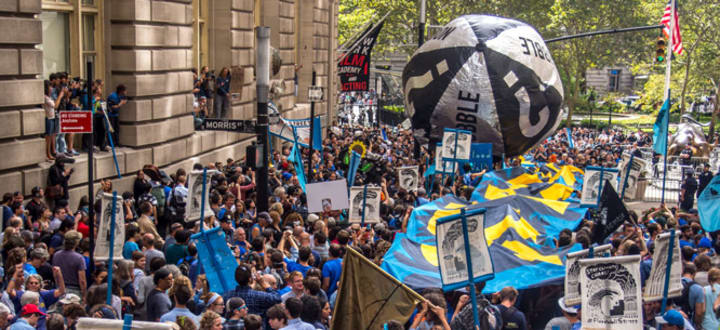
As we reached the infamous Wall Street Bull these two enormous, inflated, representations of the destruction of the environment propelled by capitalist policies were later deflated by the NYPD, on none other than the horns of the infamous Wall Street Bull, an action that defied irony.
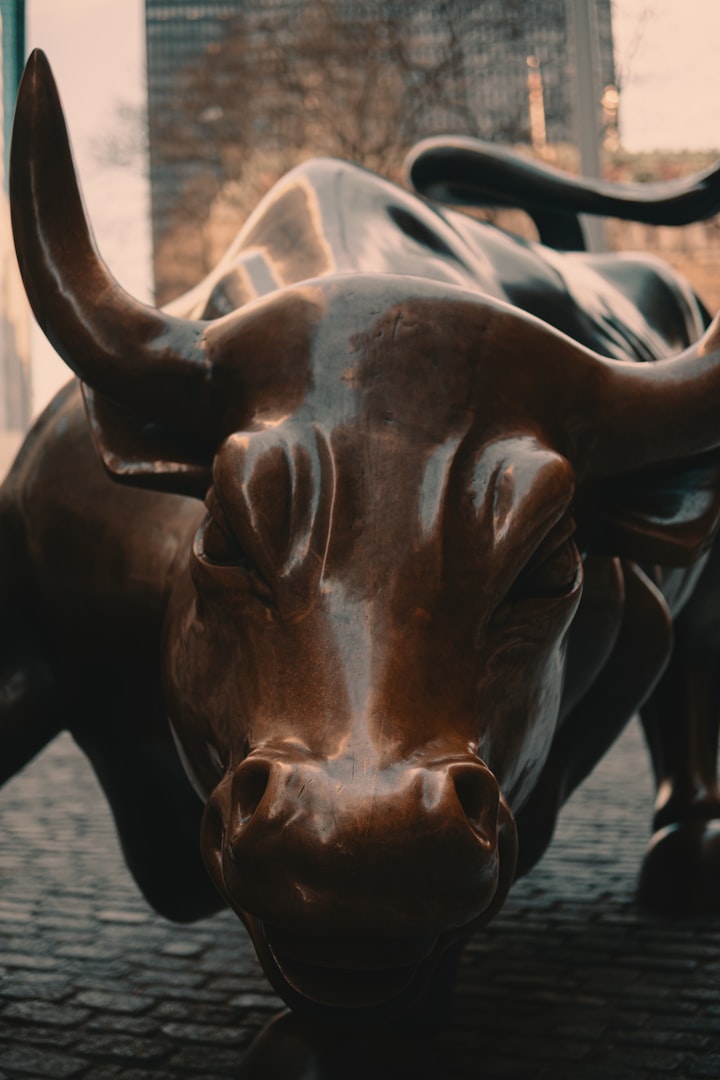
Undeterred, we carried our remaining banners and floats, me still clutching my cardboard sign, up Broadway towards Wall Street, where we planned to turn right and continue onto the intersection with Broad Street. We reached Wall Street around 4 o’clock, where we found the NYPD already barricading the entrance with metal barriers to create a perimeter. This was the cue for some of the more radical members of our group. The Anarchists pushed ahead as one entity, and although they were met with a wave of mace from officers, their sacrifice created the opening we needed to get enough people through the barriers and onto Wall Street. Moments after pepper spraying protesters, the NYPD in their riot gear, mace and zip-tie handcuffs hanging from their belts, began physically pushing back and restraining peaceful protesters, bringing some people to the ground unprovoked. This behavior prompted us to begin chanting, slowly building momentum until it rose to a glorious crescendo of hundreds of voices becoming one, asking: “who do you protect?” It should go without saying that the NYPD did not have an answer.


As we made it onto Wall Street proper, the sunset reflecting off the sides of skyscrapers, turning them into towers of fire, officers scurried around and among protesters with their barricades, trying to make it to the intersection first. The faction of the march that would be the relief team said their tearful goodbyes, my sister included, and then moved off to a hill overlooking the intersection above the subway station entrance. The moment the one hundred or so of us who had volunteered to be arrested formed a circle in the middle of the intersection, the NYPD rushed us and promptly surrounded us with barriers, creating a square. Officers in full riot gear three lines deep prevented anyone without a death wish from getting in or out of where we stood our ground. They even made an unnecessary show of bringing a few mounted police officers. Yes. All of this man power, tax dollars, and just pure simple waste, for one hundred peaceful protesters trying in vain to bring attention to climate change and the very real danger our planet is in.


With our arms linked in our circle, we had eyes on every side of the square we had been boxed into. I knew Heath was on the other side of the circle, but it was too late to get to him. It started softly, somewhere behind me, when I first heard “this is for your children.” A few other voices joined in, and then all of us, and then people watching us from the sidewalks, hanging in trees to see us better, filming us with selfie-sticks and cameras, news reporters even joined in. We had bridged the very real gap between peaceful protesters blocked in by a police state, and the everyday person. We were able to do that and I could feel the energy in the air as hundreds and hundreds of people joined us in screaming up at the sky, at the officers, or, maybe if we were loud enough, to the UN itself, “this is for your children!”


Our standoff with the NYPD was becoming markedly more aggressive as night fell completely and we sat on the macadam in unison; our circle starting to break by officers rushing in to snag someone with zip-tie handcuffs that had wandered too far from the group. A biology professor at Berkeley University had a custom made polar bear suit, complete with a giant head that made him over 7 feet tall. One of the first photographs to surface on the internet from this time is of two police officers handcuffing a polar bear, an image that needed no caption. The world watched United States law enforcement handcuff a protester against the politicization and capitalization of climate change, dressed as a polar bear.

Those of us left continued scooting closer together, and for the first time that day I was afraid. Everywhere I looked from my vantage point on the ground was filled with black tinted helmets of the looming, increasingly threatening police officers, protesters being pulled off the concrete, handcuffed, and dragged over the barricade, and then promptly disappeared from sight. I could feel myself start to tremble, and not from the cold. I felt an arm slide through the crook of my elbow and I turned to look into the smiling eyes of a woman maybe in her mid-50s.
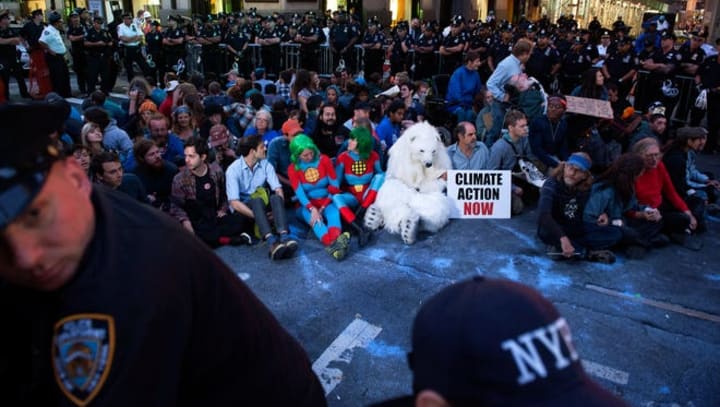
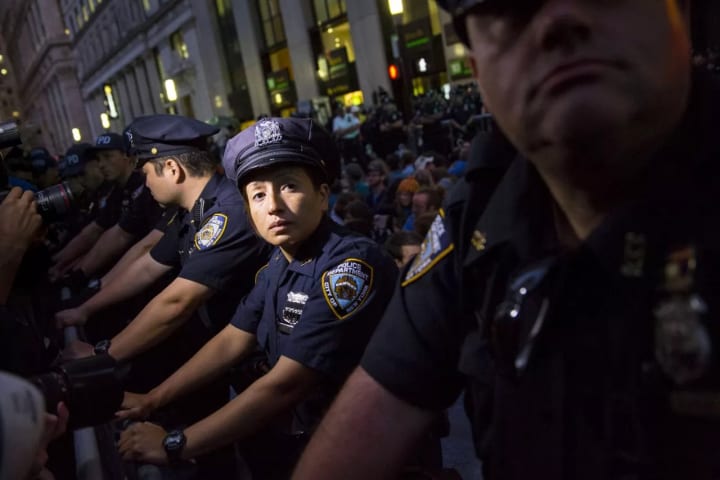
“It’s okay. When they come for us, we go together. Women have to stick together,” she winked at me, and although she meant it to be reassuring, which I appreciated, I couldn’t help but imagine the scenarios in the past that made it so that the understood protocol was that women made sure they were arrested in pairs. I looked back up at the mostly male officers, faces covered, brandishing zip ties for my wrists, and squeezed the arm of the woman next to me, whispering, “thank you” before joining back in with the chorus of the remaining protesters chanting “this is what democracy looks like!” The crowd that had started gathering when we first breached Wall Street had grown so large that traffic was in a gridlock for blocks around us. “We won’t move! We won’t move! Arrest Wall Street!” Was another popular slogan we used to hurl into the faces and consciousness' of the NYPD.


We held the intersection until 9pm, when one of the four barricade walls suddenly broke and officers swarmed towards us. I felt the woman I had been sitting with pull me up off the ground, and we huddled next to each other while chaos unfolded. I heard screams, the cries of people hitting the ground, the faint remnants of protest chants, but mostly I remember the cameras. Flashes burst in hot white light all around me, at first I thought someone had thrown sparklers into the crowd, and I realized that almost every person in view of us, news crews jumping over people with agility that I didn’t think was possible in a pencil skirt, had simultaneously pulled out their phone or camera to film what would inevitably become an accusation of unnecessary police force on the part of the NYPD. I felt a hand close almost completely around my free arm, pulling it behind me. I yelped at the sudden motion and the woman next to me pivoted to put herself between me and the officer who had grabbed me.
“We are peacefully protesting. If you are arresting us we will not resist, but we are going together.”
“Fine. Let’s go.”

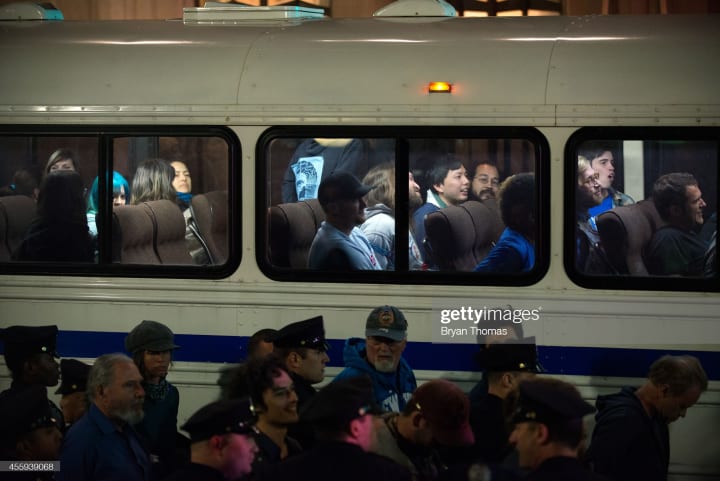
The officer spun us around, I felt the plastic slide over my hands, and with a sudden jerk, my shoulders were pulled uncomfortably back and my wrists bound together. He put a hand on each of our shoulders and steered us to an opening in the corner of the barricade closest to the subway entrance, where people had parted to make an aisle for the arrested protesters from the intersection to two huge buses, cheering us on, clapping us on the back, blowing kisses and pumping their fists. I couldn’t help but smile at the hundreds of people showing their support, and as I boarded the bus I heard my name. I turned to see my sister, tears streaming down her face, waving and smiling a sad, proud, smile. I winked at her, the only thing I could think to do while handcuffed and a bandanna covering my mouth and nose, before being shoved forward up the steps of the bus. I slid into a seat next to my civil disobedience Sherpa.
“Thank you, for everything,” I said to her, my voice cracking from overuse over the past two days.
“Of course, sweetheart,” she smiled and then stood up, and I watched, curiously, as everyone snapped to attention when she did. “All right everyone, women go in pairs, make sure you know where your ID is, and remember, depending on what precinct we are going to will depend on where the relief stations will be, please pass on information as you get it!” She sat back down. The woman I had been sitting next to, Bea, when I finally asked her name, since we first were barricaded was another one of the top organizers, as Hannah was, representing The Climate Justice Alliance. When we arrived at the precinct, we were told it was no longer in full use, but the only place large enough to hold us. We disembarked the bus, after what felt like hours, shoulder and chest muscles screaming from the contortion of sitting while handcuffed. They separated us into manageable groups of six and searched each individual before moving the group into the building. As my group waited to be waved forward I heard a fellow protester ask an officer: “do you think civil disobedience protesters are annoying?” The rest of my group all cocked their heads to hear the answer.
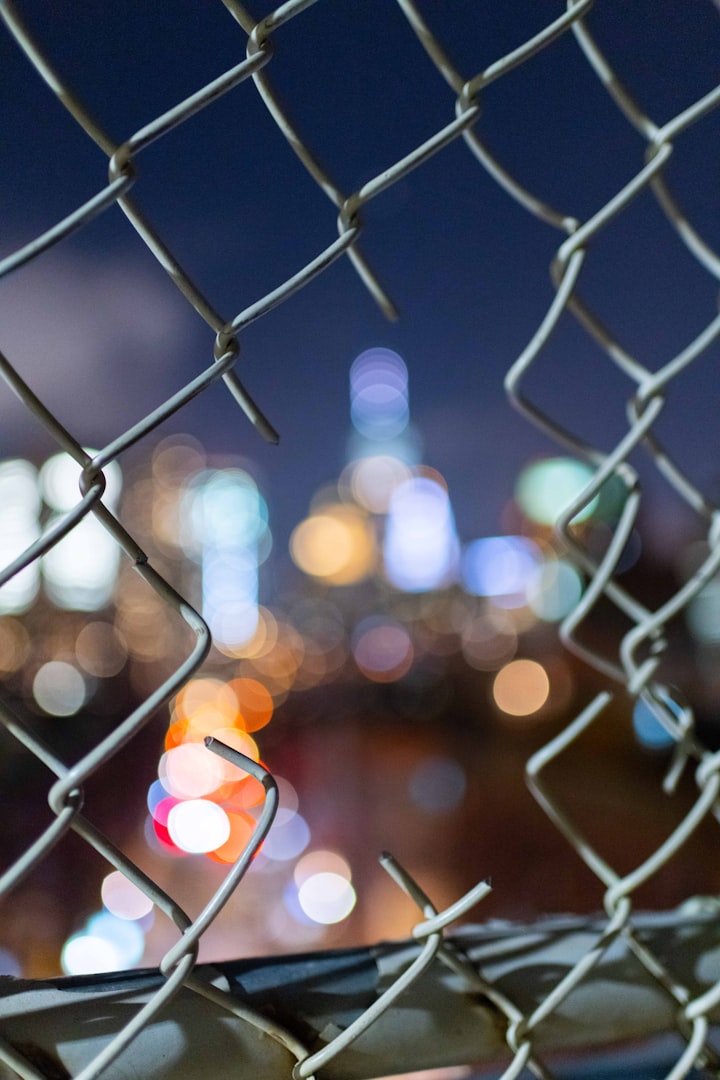
“You kidding me? All this overtime, you guys just bought my kid an xbox,” the officer answered before snapping back to attention as a scuffle broke out somewhere behind us. The cynical side of my brain started spinning as his words echoed in my head. In combination with the late hour and physical exhaustion I found myself thinking, just for a moment, was this protest really doing anything? We were separated into men and women as we entered the building and I found myself in a holding cell with about 10 other women, across the way from where each of us were getting our picture taken with the official “arresting officer.” Some of the girls started snidely calling out “prom picture!” to which the officers either shook their heads or blushed. A moan from behind me caught my attention and I turned to see an older woman in obvious pain, leaning against the wall, trying in vain to slide herself to the floor.
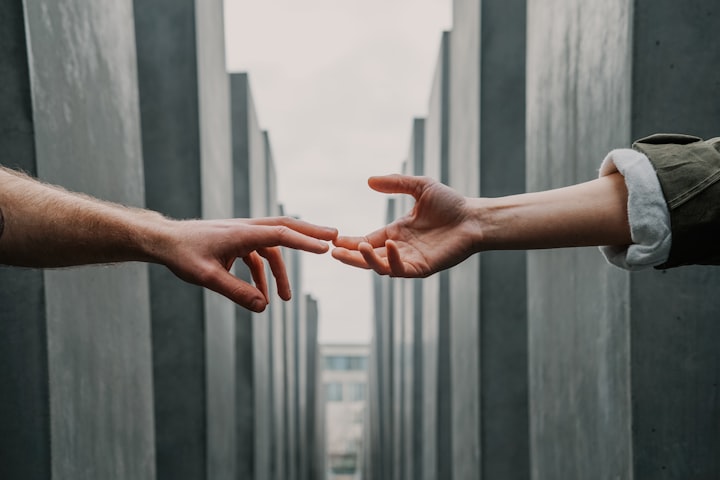
“Here let us help you,” I said, stopping her from potentially falling over. A few of us gathered around her, and using our elbows, were able to somehow get her on the floor, where she breathed a sigh of relief, face still pinched from the stress of the zip tie handcuffs they still had us in. The officers ignored us as we called out to them that they needed to come cut the woman’s tie off, telling us we had to wait until we got into our cells. We stopped joking about prom pictures and sat defensively around the injured woman, glaring at the men, some of the women spitting on the ground just outside the bars.
After my photograph was taken standing next to an officer, I was pushed through a labyrinth of hallways until reaching a cell block that clearly hadn’t been used since the 1980s. Paint peeled off the walls, I could see old graffiti scratched into the walls as we passed already full cells. They were technically one person cells, one piece of twin sized bed metal suspended off the wall with chains, a sink, and a toilet. But when the officer stopped at mine, the very end cell, there were already two occupants. One of them was Hannah. My face lit up when I saw her and she gave me a tired smile, but I had another reason I was so happy to see her other than a familiar face. The officer who had searched me had missed my cell phone somehow in my jeans pocket. I could feel it there but hadn’t dared tried to take it out. The officer opened the cell, let me step in, and locked it behind me.

“Hey!” Hannah yelled after him as he turned, “you said you would cut these off!” she jumped up and turned to show her wrists still tied tightly together.
“Someone will be coming around in a few minutes, you’ll be fine.”
“Asshole,” Hannah muttered, plopping down on the metal bed next to a young Latina woman with long dark curls. Hannah smiled at me, “it’s good to see you again, thanks for joining us.”
“Yes, and for joining us in this palace,” the other girl laughed and smiled at me, “I’m Izzy.”
“It’s good to see you too,” I said before turning and introducing myself to Izzy before saying, “actually…”I trailed off and pressed my face against the bars to see down the block. The officer was gone. “They didn’t find this and it’s not dead, do you want to use it?” I maneuvered my wrists and hands to fish my phone out of my pocket. Izzy looked at Hannah with wide eyes. It was then I noticed Izzy didn’t have zip ties on.

“They cut yours off?” I asked excitedly, “here, take it,” she jumped up and snatched it, holding it down between her and Hannah as I kept watch. I whispered my passcode and Izzy punched it in and pulled up my twitter app. Hannah whispered her login information and again Izzy acted as our hands, typing as fast as she could keep up with Hannah dictating tweets.

We were able to post live updates from inside the precinct, getting information out to the relief teams, passing the information down the cell block of where they would be stationed when they released us. Around 3 am, my phone died, and Hannah and Izzy were released shortly after. I didn’t have my zip ties anymore, but my shoulders were on fire, and the metal bed was not helping. I wandered around the cell, reading painted over graffiti for hours until I was finally, and very unceremoniously, released into the cold 5am air, clutching my summons for a court date.

I was too tired to remember the relief locations, and my phone was dead. I waited until a few more people were released and followed them a few blocks away, teeth chattering away in my head, until I heard my name. My brother-in-law. It was my brother-in-law. Waving at me from the next block up, blonde hair sticking up in the back, wrinkled shirt and a wide smile on his face, standing next to what looked like a hot pretzel vendor. As I got closer I saw it was full of coffee carafes and snacks, bags of chips and nuts, even a pot of soup. He ran over to me, rubbing my shoulders briskly and jump starting my circulation. I was half laughing and half crying from exhaustion, stress, and the relief that I found him and we could go home. We linked arms and started walking to the subway, holding each other up as the sun started to rise, knowing that we were part of something larger than ourselves, that collective energy drives change, and that we didn’t, and would never, sit idly by and watch the world burn.

About the Creator
Carly Doyle
Writer, Librarian, Researcher, Activist. I could keep listing things but, hey, why don't you just take a gander at my writing?




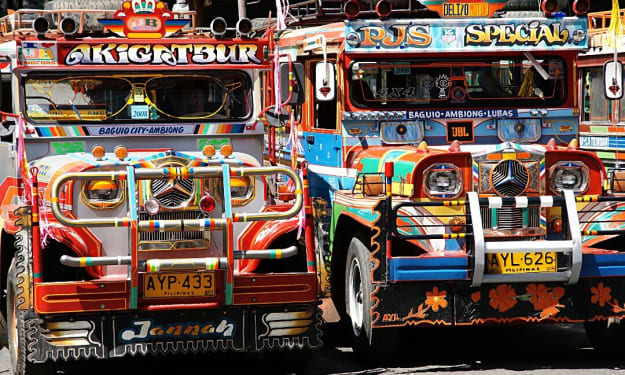

Comments
There are no comments for this story
Be the first to respond and start the conversation.